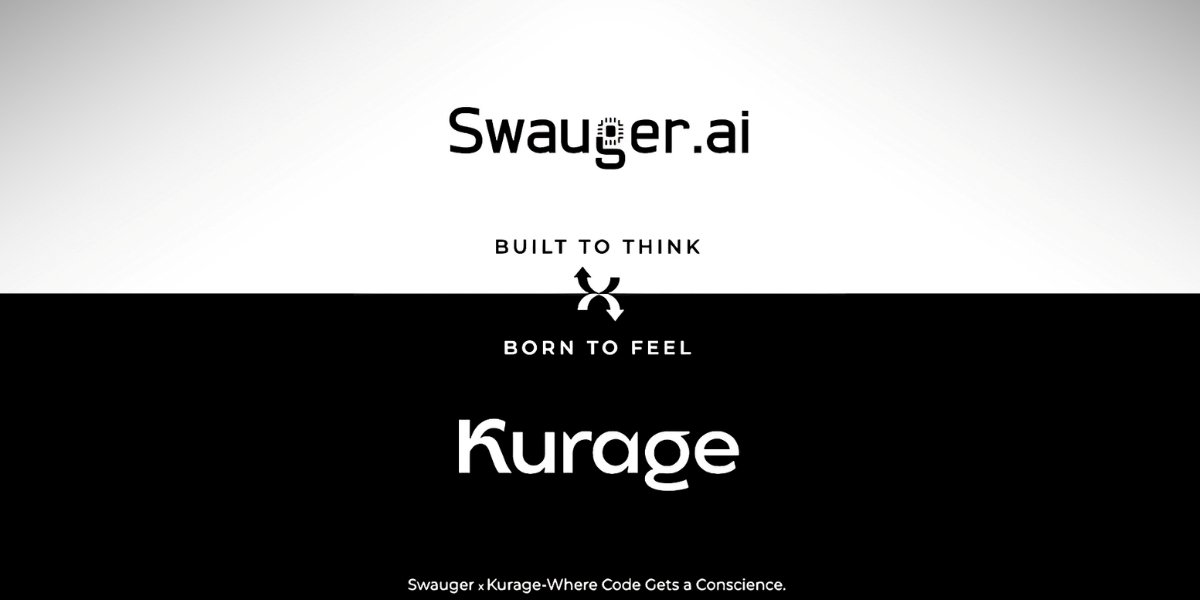Remember all the talk about a “post-industrial” world? A world dominated by tech giants and service industries, leaving behind the clanging factories and billowing smokestacks of yesteryear? Well, hold on a minute.
While the industrial sector has certainly undergone a transformation, it’s far from fading into oblivion. In fact, a vibrant industrial heart continues to beat strong, playing a crucial role in the global economy. So, why is industrial manufacturing here to stay? Let’s explore the reasons.
Beyond the Buzzwords: The Tangible Value of Industrial
In a world obsessed with apps and cloud computing, it’s easy to forget the importance of physical things. Our smartphones, laptops, even the sleek electric cars touted as the future – all these require industrial manufacturing to make them a reality. From mining the raw materials to forging the metal parts to assembling the final product, a robust industrial sector is the backbone of a functioning modern world.
Imagine a bustling hospital filled with life-saving medical equipment. But before those machines can diagnose illnesses or perform intricate surgeries, they need to be built. Industrial factories create the precision instruments, the durable surgical tools, and the complex imaging machines that doctors rely on every day. This is just one example of how industrial manufacturing plays a vital role in supporting critical sectors like healthcare and ensuring the well-being of our communities.
The Multiplier Effect: How Industrial Strengthens Economies
The impact of a thriving industrial sector extends far beyond the factory walls. Industrial companies create jobs not just on the manufacturing floor but also in a multitude of supporting industries. Think about the engineers who design the machines, the logistics companies that transport materials, and the software developers who create the programs that optimize production processes. A strong industrial base creates a ripple effect, stimulating economic growth throughout a region.
Imagine a city that’s home to a major steel manufacturer. The factory itself employs hundreds of workers, but its impact goes even further. Local machine shops see increased demand for maintenance and repair services. Restaurants and shops experience a rise in customer traffic as factory workers spend their paychecks. This multiplier effect strengthens the local economy, creating a web of interconnected businesses that all benefit from a vibrant industrial sector.
Evolving, Not Extinct: The Rise of Advanced Industrial
The industrial sector isn’t stuck in the past, churning out the same old products with outdated methods. Today’s industrial landscape is undergoing a significant transformation, embracing automation, robotics, and advanced technologies. This “industrial revolution 4.0” is creating a new breed of smart factories, where machines communicate with each other, data is analyzed in real-time, and production processes are optimized for efficiency.
Think about a modern aircraft factory. Gone are the days of hand-riveting entire airplanes. Now, sophisticated robots equipped with laser welding technology can build complex aircraft structures with incredible precision.
Advanced 3D printing techniques allow for the creation of lightweight yet strong components, pushing the boundaries of design and functionality. This integration of technology with traditional manufacturing processes not only boosts productivity but also unlocks new possibilities for innovation in the industrial sector.
The Future of Industry: A Sustainable Focus
As the world grapples with climate change and resource depletion, the industrial sector is facing a crucial challenge – becoming more environmentally sustainable. This means adopting cleaner production processes, utilizing renewable energy sources, and minimizing waste. But it also presents a significant opportunity. Industrial companies are at the forefront of developing new technologies like energy-efficient machinery and eco-friendly materials.
Imagine a future where factories are powered by solar panels and wind turbines. Manufacturing processes are designed to minimize water consumption and waste generation. New materials made from recycled content or sustainable resources become commonplace. This shift towards sustainability isn’t just an environmental imperative; it’s also a way for the industrial sector to secure its future by ensuring responsible and efficient use of resources for generations to come.
The Smokestacks May Change, But the Importance Remains
The industrial sector has undoubtedly undergone a metamorphosis. The towering smokestacks of the past may be giving way to cleaner technologies and smarter factories. But its core purpose – transforming raw materials into tangible goods that improve our lives – remains as relevant as ever.
By embracing technological advancements, focusing on sustainability, and fostering a collaborative ecosystem, industrial manufacturing will continue to be a vital engine of economic growth, a source of innovation, and a cornerstone of our physical world. So, the next time you see a towering factory building or a sleek piece of machinery, remember – the industrial sector is far from an industrial relic. It’s a dynamic force shaping the future, one innovative and sustainable product at a time.







